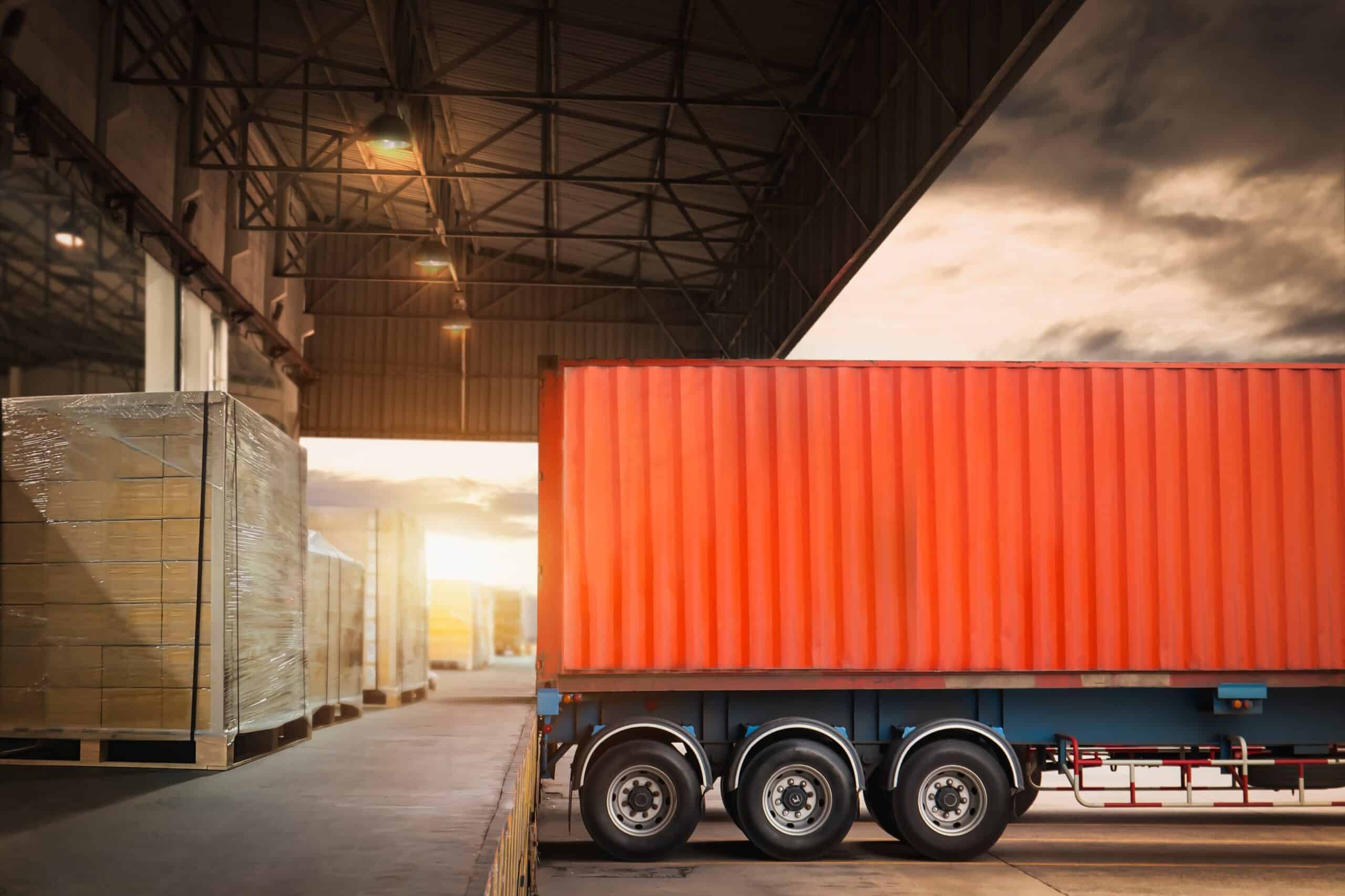Today’s warehouse operations are becoming increasingly complex and globalized. With the continued growth of e-commerce and global distribution networks, along with the rise of customer expectations for fast deliveries, managing a warehouse efficiently is more crucial than ever. To keep up with fluctuating demand and inventory management while meeting customer needs, businesses are deploying advanced warehouse analytics for improved operations.
Warehouse analytics gives decision-makers and stakeholders the insights they need to monitor, analyze, and optimize every aspect of warehouse distribution and performance. From streamlining order fulfillment to reducing operational costs, warehouse analytics empowers businesses to operate at peak efficiency, enhancing both productivity and customer satisfaction.
In this article, we’ll explain what warehouse analytics are, tools for leveraging these insights, and cover how you can use warehouse analytics to make smarter decisions and improve your operations.
What are Warehouse Analytics?
Warehouses manage and output massive amounts of data. Examples of this data include stock levels, inventory turnover rate, order accuracy, employee productivity, storage capacity, and supplier lead times. On its own, this raw data can be overwhelming, and difficult to distill insights from. Instead of drowning in a sea of unused data, organizations can use warehouse analytics to collect, analyze, and utilize this data in decision-making.
Warehouse analytics involves the use of advanced tools and technologies to monitor key metrics such as inventory levels, order fulfillment times, labor productivity, and supplier performance. By converting raw data into actionable insights, businesses can make informed decisions that optimize their warehouse operations.
How exactly does warehouse analytics work? A warehouse will use technologies which monitors and collects data, such as a warehouse management system (WMS), supply chain planning software, devices, sensors, scanners, and even manual entry. These tools collect real-time information about every aspect of warehouse activities, from the movement of goods to the performance of suppliers.
As information is collected, warehouse analytics extracts key insights from this raw data, presenting it to stakeholders in a clear, actionable way, and uncovers patterns and trends that might otherwise go unnoticed. For example, warehouse analytics can help you identify bottlenecks in the picking and packing process, recognize overstocked or understocked inventory, or predict future demand based on historical trends. This data-driven approach to warehouse operations allows warehouses to improve overall efficiency, reduce costs, and enhance service levels.
Key Benefits of Warehouse Analytics
Implementing warehouse analytics offers businesses a wealth of advantages by providing deep insights into operations. In general, research shows that efficient warehouses are more than 75% more likely to boost inventory accuracy to 99% or higher, and are more likely to have reduced labor costs and quick shipping times.
Here are some of the key benefits of warehouse analytics:
1. Improved inventory management
Warehouse analytics allows businesses to track and monitor inventory levels in real-time and improve inventory management. That means companies can prevent stockouts, reduce overstocking, and ensure they always have the right amount of products available to meet customer demand.
Aside from monitoring real-time stock levels, warehouse analytics tools also create demand forecasts, which predict future need based on historical data and outside factors (such as upcoming promotions or potential market fluctuations). Demand forecasts alone are a powerful tool for warehouse decision-making, and can lead to more accurate inventory planning, which minimizes excessive holding costs and maximizes sales opportunities.
2. Enhanced operational efficiency
By analyzing data on things like order fulfillment, picking, packing, and shipping processes, warehouses can identify inefficiencies and areas for improvement. For example, analyzing picking patterns can help highlight the need for better layout design or automation in certain areas. This data-driven approach to optimizing workflows ensures that operations run smoothly, and that delays and errors are reduced.
3. Reduced costs
Warehouse analytics helps businesses identify areas where resources are being underutilized or wasted. Whether it’s underperforming labor, unused storage space, or inefficient equipment, analytics pinpoint where operational costs can be cut.
Another area where analytics can help with cost reduction is with labor. Labor costs can be reduced by optimizing workforce allocation, or adjusting staffing needs based on how much business is expected. For example, if demand forecasts show peaks in demand during certain times of year, you adjust your warehouse staff levels to reflect those needs.
4. Optimized space utilization
Efficient warehouse space utilization is critical in managing warehouse capacity. Analytics can help decision-makers visualize how space is being used, and identify areas of wasted space or inefficiencies in layout. By optimizing space, warehouses can store inventory more effectively, and improve product accessibility.
5. Better equipment maintenance practices
Warehouse analytics can track equipment performance and maintenance needs, using practices such as predictive maintenance. This is a proactive approach to equipment management and repair, which uses data and analytics to predict when equipment is likely to fail. Unlike other maintenance techniques which respond to breakdown or follow a fixed schedule, predictive maintenance is based on the real-time condition of equipment, and can lead to proactive issue resolution, cost savings, and improved equipment reliability.
Tools and Technologies Enabling Warehouse Analytics
Warehouse analytics relies on a variety of advanced tools and technologies to collect, process, and interpret data. But in the $27 billion warehousing data market, it might be overwhelming to know which technologies to pick and deploy in your organization.
Here are tools and technologies which can help you master warehouse analytics.
1. Warehouse management system (WMS)
A warehouse management system (WMS) is the backbone of modern warehouse operations. It’s a software designed to track and manage the movement of goods within a warehouse, and collects data on everything from inventory levels to labor performance. Most warehouse management systems offer detailed reporting and analytics dashboards that help leaders monitor performance metrics, optimize workflows, and make better decisions.
2. Supply chain planning tools
Supply chain planning tools take your inventory management practices and analytics to the next level. This software is easy to use, adopt, and adapt, and includes features for things such as demand forecasting, replenishment planning, supplier performance, promotion planning, SIOP, and inventory analysis. You’ll see insights on a clear, user-friendly dashboard, and will improve visibility into not just your warehouse, but your business as a whole.
3. Artificial intelligence (AI) and machine learning (ML)
Both AI and ML technologies are increasingly being integrated into warehouse analytics to enhance decision-making and optimize operations. For example, AI-powered analytics systems can process large datasets quickly to uncover patterns, predict trends, and suggest improvements. Meanwhile, machine learning algorithms can analyze historical data to forecast future demand, optimize inventory levels, and recommend layout changes for improved efficiency.
4. Sensors
Warehouse sensors might be “older” technology when compared to emerging tools like AI, but they still play a significant role in warehouse analytics. For example, sensors collect vast amounts of real-time data on warehouse activities such as equipment usage and product location. This data then allows warehouse managers to track assets, monitor environmental conditions, and ensure equipment is operating efficiently.
Warehouse analytics provide decision-makers with powerful, intelligent insights on their operations. By understanding how warehouse analytics work, and taking steps to use them in your organization, you can make quick, accurate decisions which help optimize the way your warehouse functions.
Enhance Your Warehouse with StockIQ
It’s true: warehouse analytics are incredibly useful. But to use them in your organization, you need the technological infrastructure to support these processes. And for that, you can turn to StockIQ.
StockIQ is advanced, user-friendly supply chain planning software, which allows you to control inventory, simplify ordering, and improve forecasting. It’ll help you monitor your operations in real-time, so you can make the best decisions for your warehouse and your organization.
Find out how StockIQ can help you master warehouse analytics by contacting us today or requesting a StockIQ demo.

